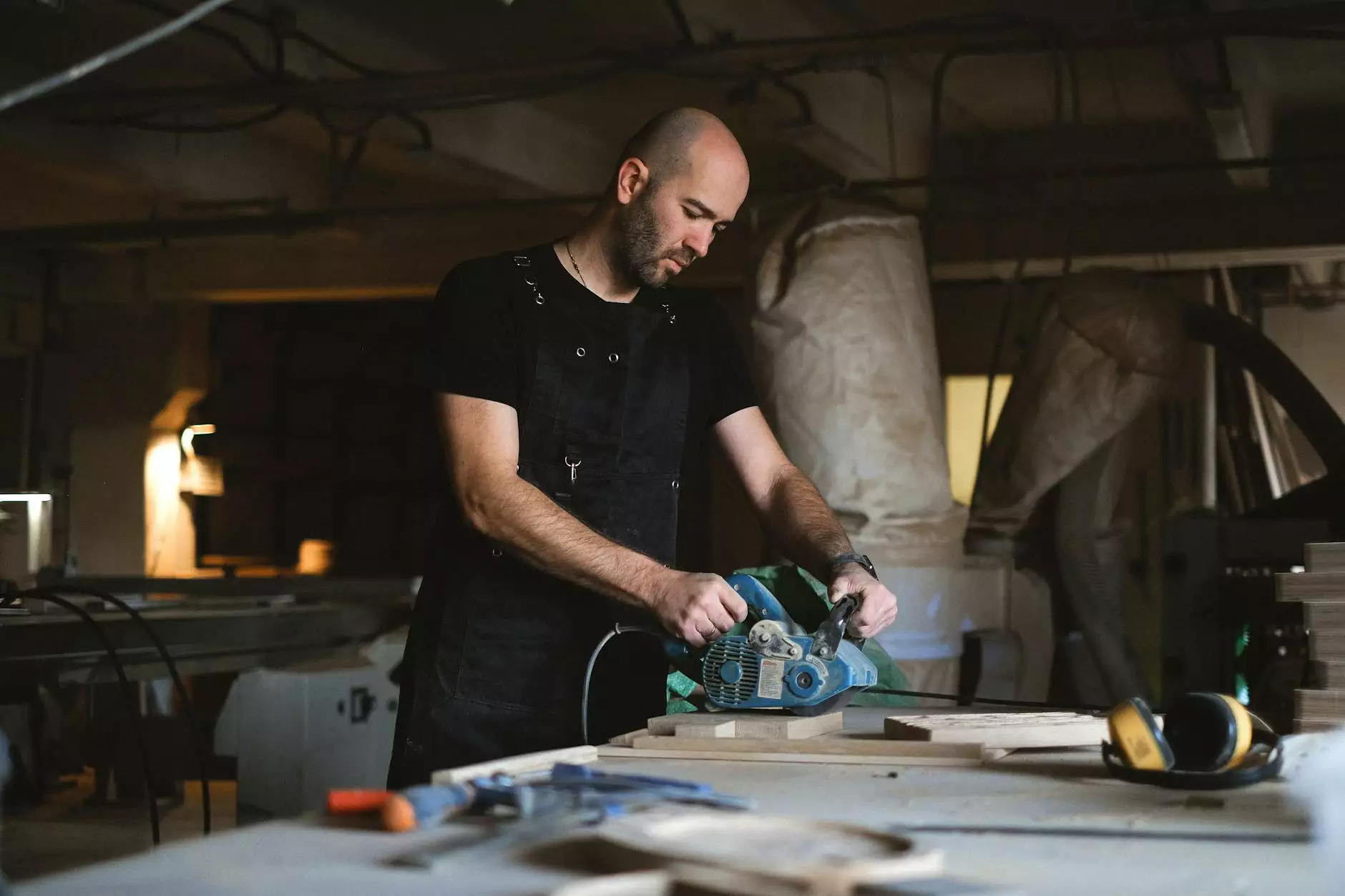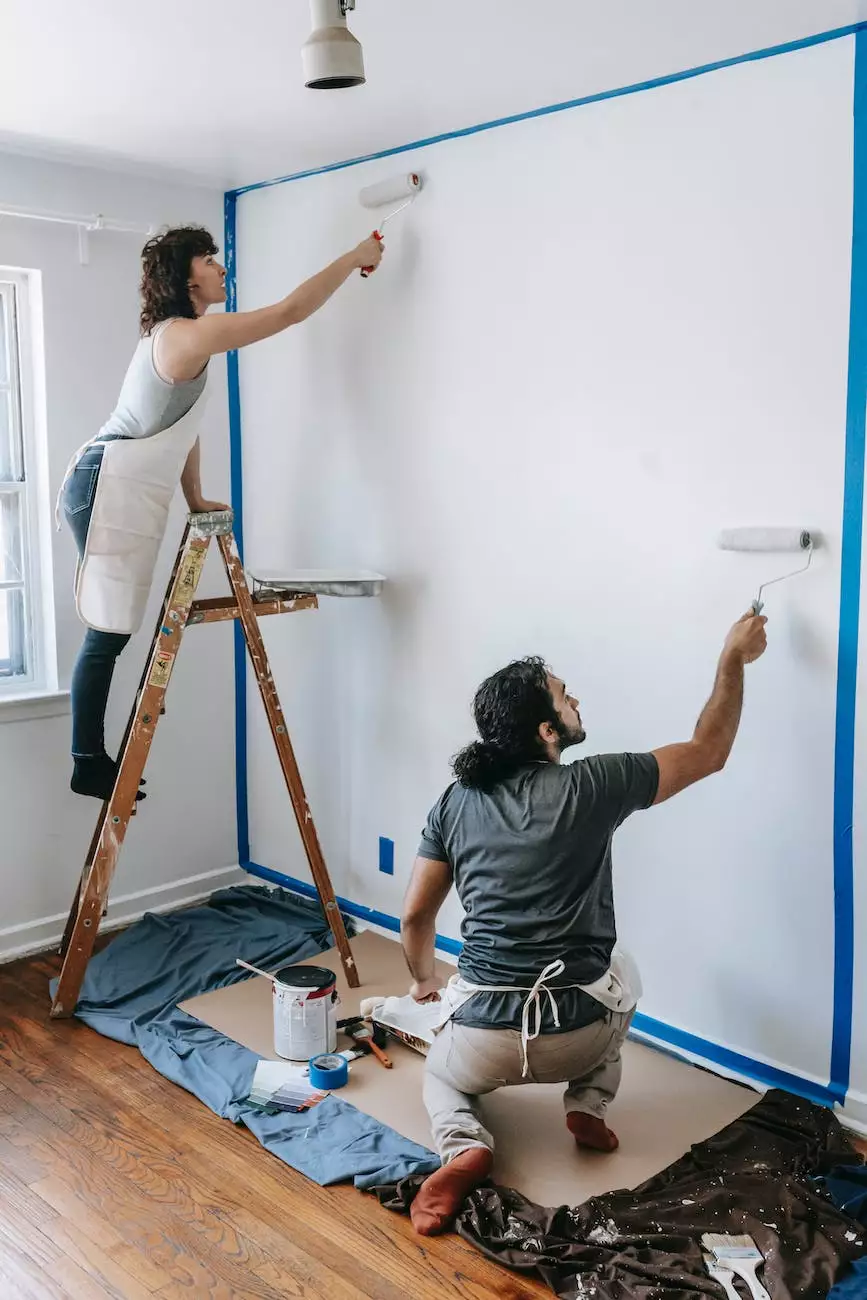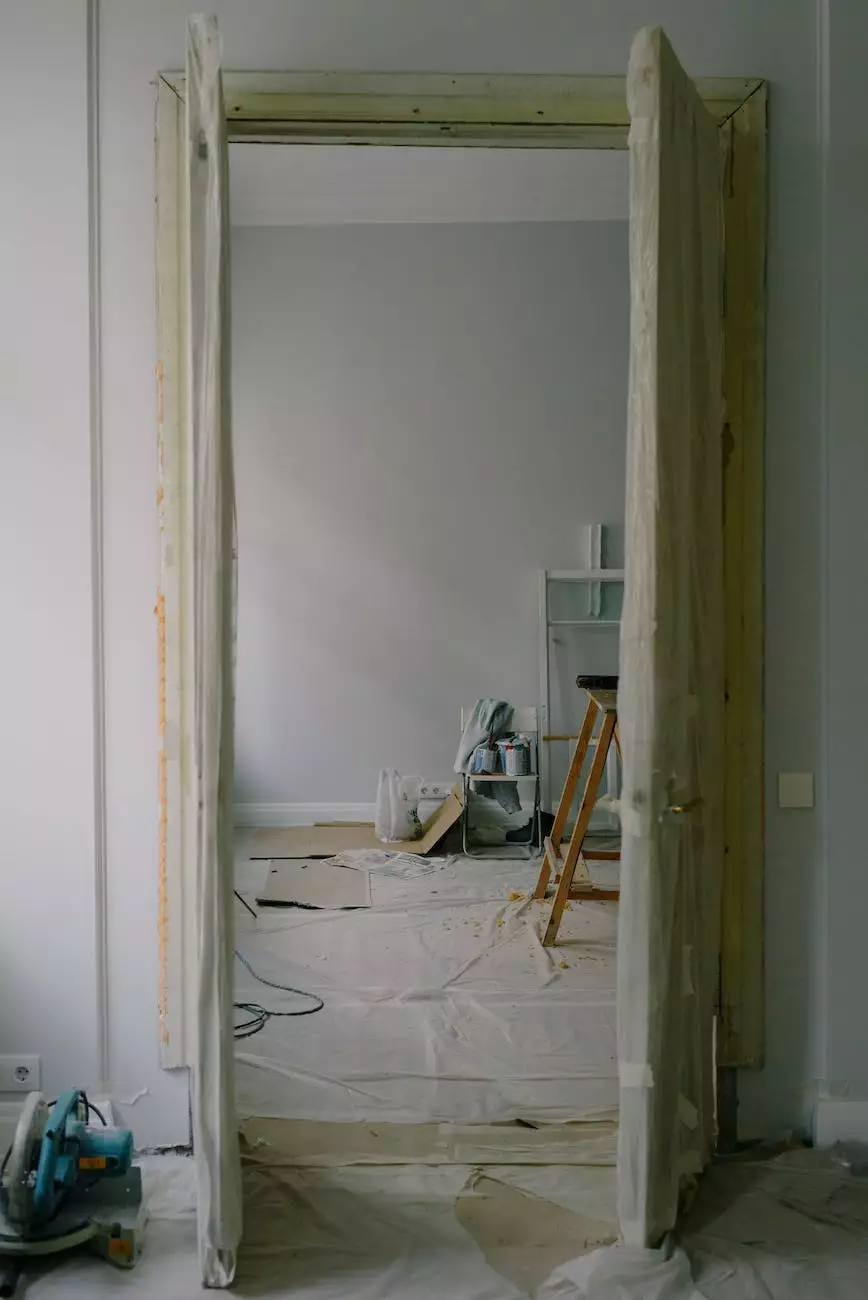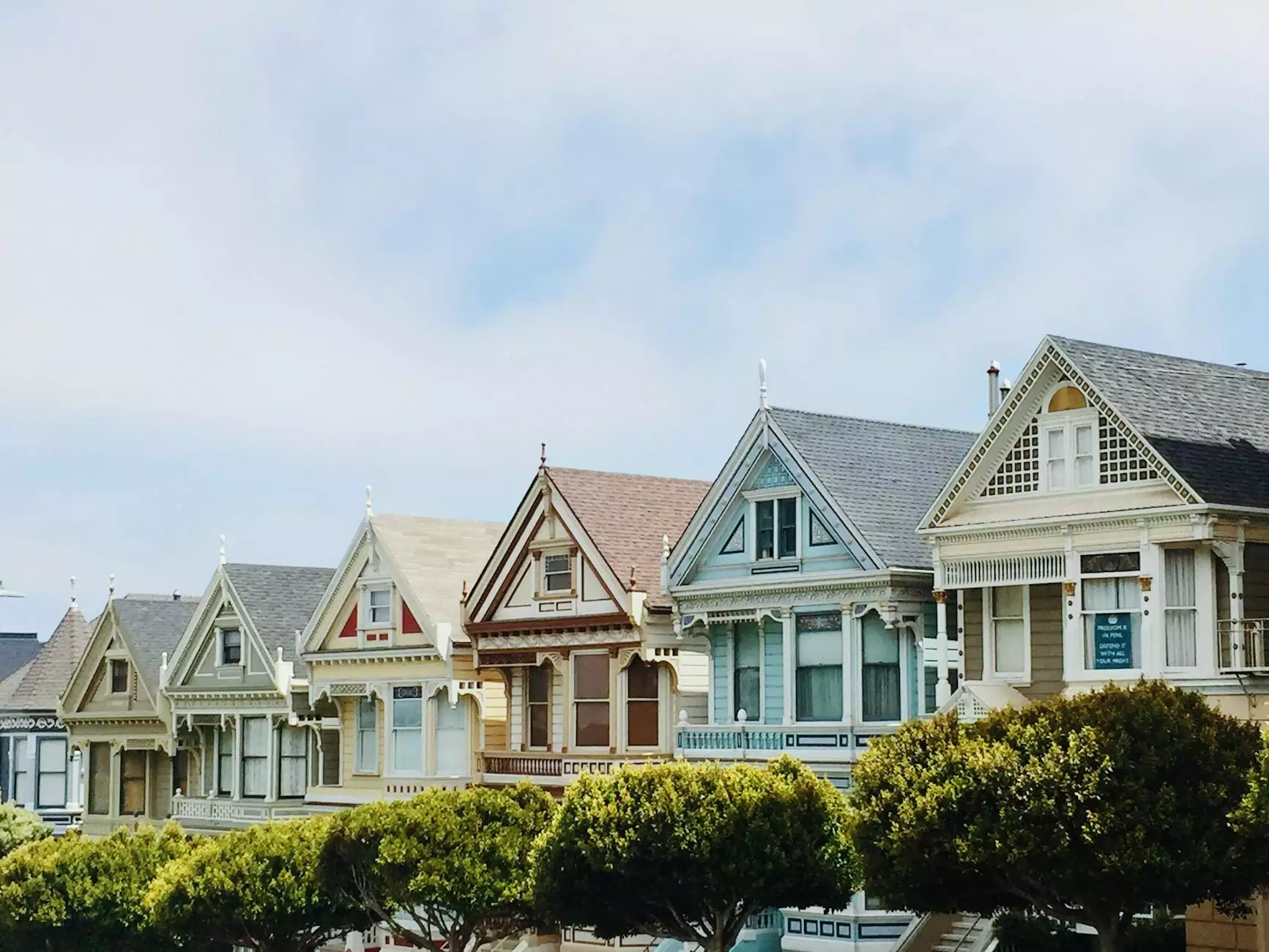Pros and Cons of Hardie Board Siding
Home Improvement
Welcome to Steve Caragian Remodeling, your trusted source for home improvement and maintenance solutions. In this comprehensive guide, we will explore the pros and cons of Hardie board siding. Known for its durability and attractive appearance, Hardie board siding has become a popular choice among homeowners. Let's dive into the details and help you make an informed decision for your property.
What is Hardie Board Siding?
Hardie board siding, also known as fiber cement siding, is a composite material made from a mixture of cement, sand, and cellulose fibers. This composition creates a strong and durable material that can withstand various weather conditions, making it an ideal choice for exterior siding.
The Pros of Hardie Board Siding
1. Durability: Hardie board siding is extremely durable and can withstand harsh weather elements such as strong winds, heavy rain, and even hail. It does not rot, warp, or succumb to insect damage, unlike traditional wood siding.
2. Low Maintenance: Unlike other siding options, Hardie board requires minimal maintenance. It is resistant to fading, peeling, and cracking, reducing the need for frequent repairs or repainting. Regular cleaning with mild soap and water is usually sufficient to keep it looking fresh and vibrant.
3. Fire Resistance: Hardie board siding is non-combustible, providing an extra layer of fire protection to your home. It does not contribute to the spread of flames, making it a safer choice for homeowners.
4. Pest Resistance: Thanks to its composition, Hardie board siding is not attractive to termites and other pests. This eliminates the need for costly pest control measures and ensures the longevity of your siding.
5. Customizable: Hardie board siding comes in a wide range of colors, textures, and styles, allowing you to choose a design that perfectly complements your home's aesthetic. Whether you prefer a traditional or modern look, Hardie board offers versatility and flexibility in design.
6. Energy Efficiency: Hardie board siding provides an extra layer of insulation when properly installed, helping to regulate indoor temperatures and reduce energy consumption. This can lead to lower utility bills and enhance the overall energy efficiency of your home.
The Cons of Hardie Board Siding
1. Cost: Hardie board siding is generally more expensive compared to other siding materials such as vinyl or wood. However, the increased durability and low maintenance requirements can offset the initial investment in the long run.
2. Installation Complexity: Installing Hardie board siding requires specialized skills and knowledge. It is recommended to hire a professional contractor experienced in handling fiber cement siding to ensure proper installation and optimize its benefits.
3. Heavy Weight: Hardie board siding is heavier than some other siding options, such as vinyl. This may require additional structural support during installation, especially for older homes.
4. Moisture Absorption: While Hardie board siding is resistant to rot, it may absorb moisture if improperly installed or damaged. Regular inspections and maintenance are necessary to identify and address any potential moisture-related issues.
In Conclusion
Hardie board siding offers a range of benefits that make it an excellent choice for homeowners seeking a durable, low-maintenance, and aesthetically pleasing siding material. Its fire resistance, pest resistance, and energy efficiency qualities provide added peace of mind and cost savings in the long run.
While it may require a higher upfront investment and professional installation, the numerous advantages of Hardie board siding outweigh the potential drawbacks. Consult with a trusted home improvement professional, such as Steve Caragian Remodeling, to explore the best siding options for your specific needs and budget.
Make an informed decision and enhance the exterior beauty and protection of your property with Hardie board siding today!




